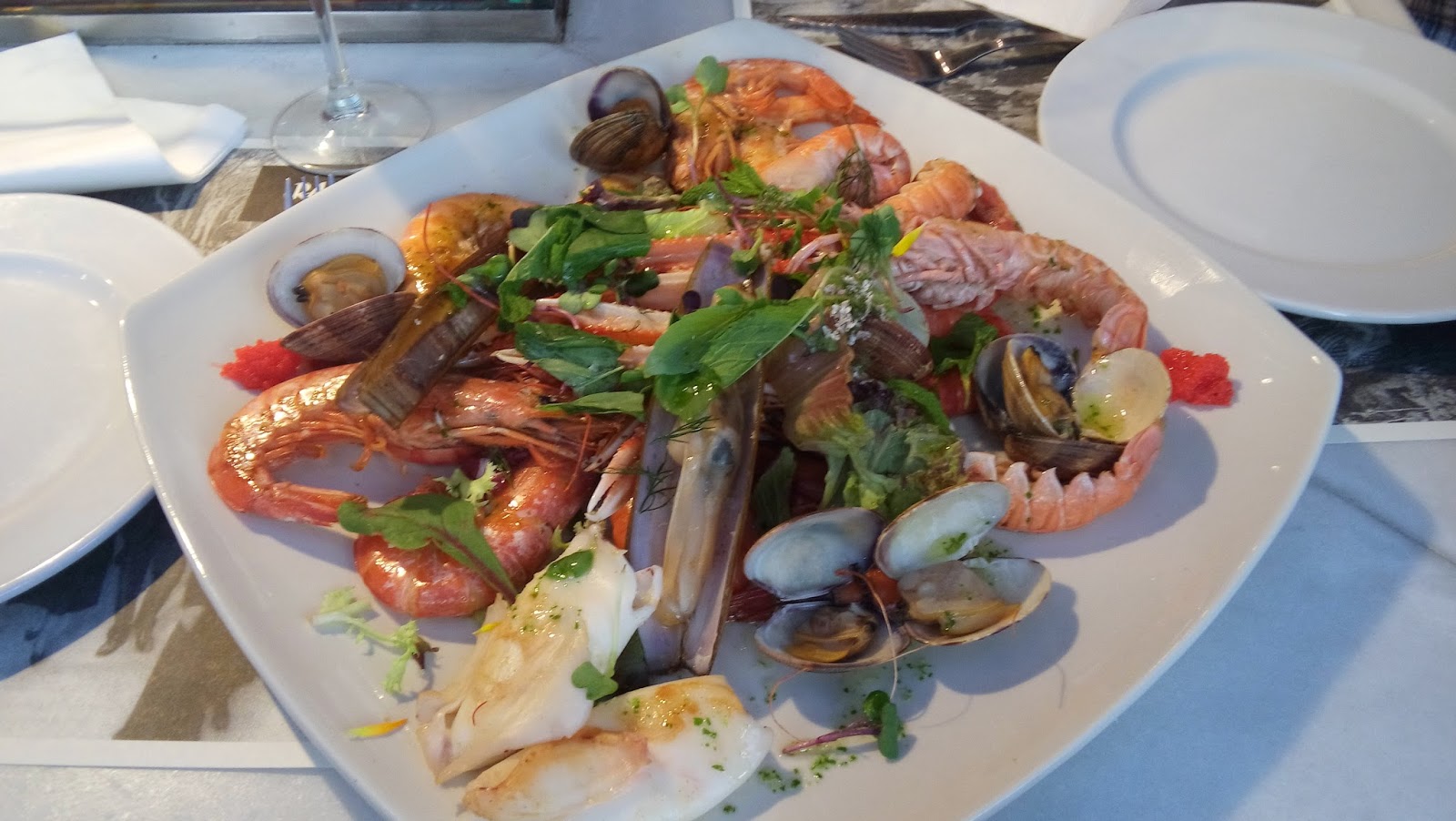Rincón de la Victoria
Rincón de la Victoria was, like many other of the small towns along the coast here, originally a fishing village, but at only 12 kilometres from Malaga, it has now become an important centre of both residential and seasonal tourism. One arrives on the Autovía del Mediterráneo, heading towards Motril and turning off at La Cala del Moral, or keeping to the autovía. The N-340 road passes through the town, and even from here one can see that this was once a typical fishing town on the coast.The municipality covers an area of 30 square kilometres, and offers something for everybody: lots of hotels, restaurants and bars, ten kilometres of coastline for water sports or simply lying in the sun, an excellent golf course and other sporting facilities.
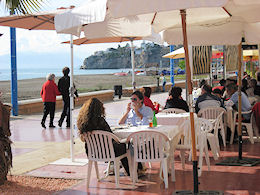
The 18-hole Añoreta Golf Course, designed by Jose María Cañizares, is on the border with Torre de Benagalbón, and is considered one of the best in Spain.The paseo marítimo (esplanada) that links La Cala del Moral with Rincón is seven kilometres long, and from here there are wonderful views over Malaga Bay. There are chiringuitos (beach bars and restaurants) on the beach, where one can eat fresh fish or have a drink. One of the old traditions that has not yet been lost in Rincón de la Victoria is net fishing on the beaches in the early morning. A net of about 40 or 50 metres long is thrown into the water by a group of men, who make a wide circle with it, gradually pulling it in to the beach again full of fish, if they are lucky. This is a sight that is seldom seen in other parts of Europe, and well worth getting out of bed early for. Rincón de la Victoria is the municipality with the highest well being of the province according to the Synthetic Indicator of Economic Welfare developed by Andalusian Analysts.
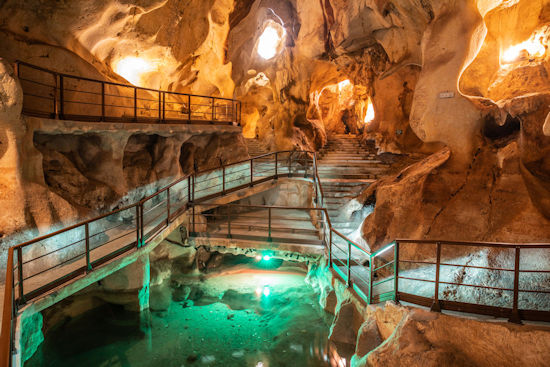
Cueva del Tesoro
This cave, known up to quite recently as the Cueva del Higuerón or the Cueva del Suizo, is situated on the Cantal hill, half way between La Cala and Rincón. Inside were found Palaeolithic remains from the first Bronze Age. Besides its archaeological value, there is also the mythical belief that this was the sanctuary of the Mediterranean Goddess Noctiluca 2,500 years ago. Of the numerous caves inside the complex, the most interesting is the Cueva del Tesoro, with 500 metres of gallery. Very close to this there is a series of smaller caves, the most interesting of which is the Cueva de la Victoria. This is in the area known as the Cantal Gordo, and is currently closed to the public.
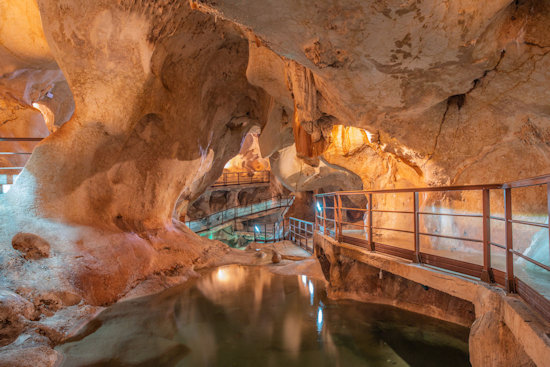
It had been suffering a great deal of contamination since first discovered in 1939, and the writer Giménez Reyna tells how, in 1943, the farm workers of the region used to search for bats inside the cave, to be used as fertiliser. The cave has some beautiful paintings on its walls, some fairly abstract in ochre colours and some bird shapes. Recently, more Palaeolithic paintings in reds and black have been found in the area. The cave was named by the Swiss treasure hunter Antonio de la Nari, who arrived here at the beginning of the 19th century in search of the treasures buried by the Five Moorish Kings. He met with a poetically just end, however, when he was blown up by the powder he used in excavating the Cueva del Higuerón in 1847. See more info here.
Casa Fuerte Bezmiliana
This defensive fortress dating from the 18th century has been restored and is currently used for exhibitions and cultural activities. It is a simple construction with a square ground plan, exterior walls made of rubble and two defensive towers. The coat-of-arms on the front is that of Carlos III, and the inside was built to hold troops and horses, with wells and storage space for arms and food.
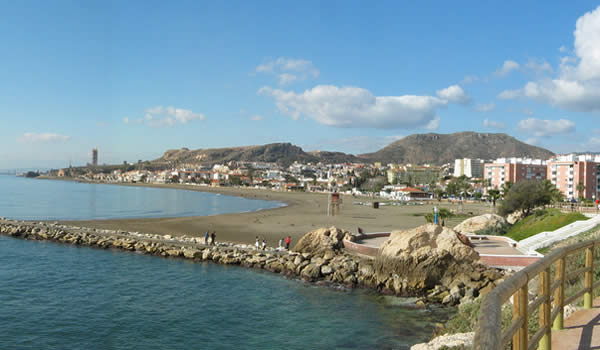
La Cala del Moral
This area was known as the Cala del Moral in the 16th century, being a key defensive and vigilance point on the coast at that time.The spacious beach, Cala del Moral is located in the Malaga town of Rincon de la Victoria, along the seaside promenade El Cantal. This connects the Cala with the promenade of Rincón de la Victoria, where the Sanctuary of the Virgen del Carmen (virgin of Carmen) is situated. With an extension of 1,300 meters long and 40 meters wide, it is a beach with a high occupancy in summer seasons, with family environment and easy access. Bounded by breakwaters and Cantal promontory that separates it from the beach of Rincon de la Victoria Rincón de la Victoria. It is located in the town bearing the same name that is known since the XVI century, used for defense and surveillance of the coastline. In the town of Cala del Moral, Cueva del Tesoro (Treasure Cave) is situated, known as one of unique three caves of submarine origin discovered in the world. It was named so by the existing legend about a treasure of royalty that was found in the cave.
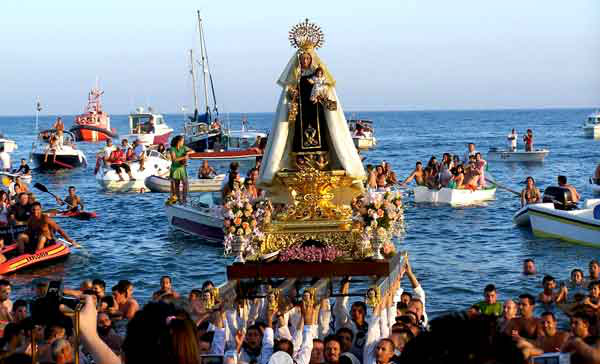
Fiestas
With four distinct urban areas in the municipality, Rincón de la Victoria has many festivals throughout the year. As a fishing town, the principal festival is the Virgen del Carmen on July 16th. This begins with mass in the church, and then the Virgen is carried on her throne by the fishermen to the beach. There a boat is waiting, decorated with flowers, and the Virgen is brought on board. With fireworks going off, the boat sails up the coast, escorted by many others. In recent years the ancient Jábegas Regattas have been held again in La Cala and Rincón. The jábega is a type of Mediterranean boat dating back many centuries that is rowed by a team of seven, and a helmsman. Benagalbón has its own festival in honour of its patron saint on February 2nd, the same day as the Festival of the Candelaria. The Torre de Benagalbón area celebrates its festival of San Juan on June 23rd, when the beaches are illuminated by bonfires and sardines are roasted on the spit. At the point of midnight, the people bathe in the sea to purify their spirit and make a wish for the year to come.
